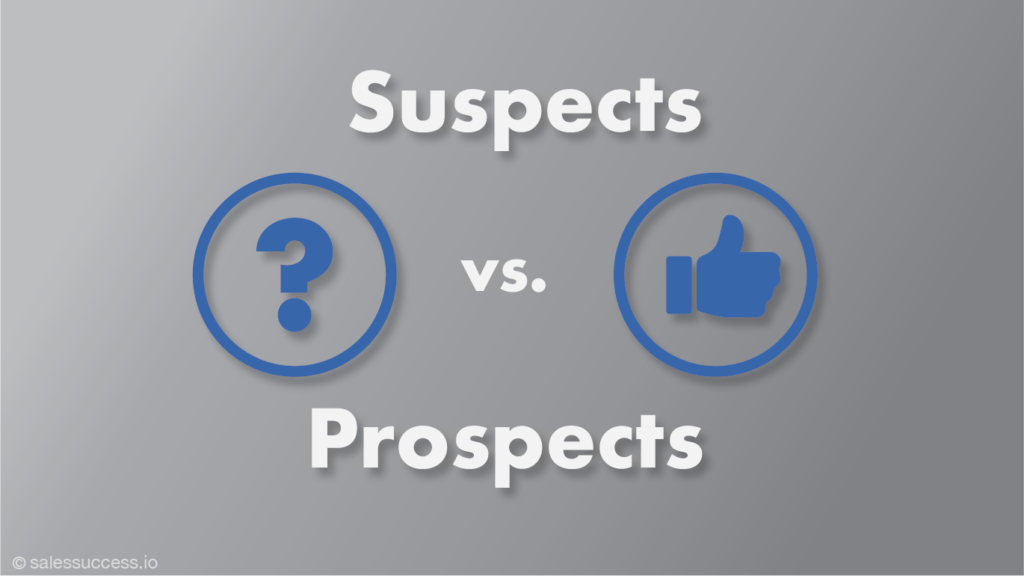- BDR vs. SR: Understanding the Sales Roles and Division of Labor
- Handling Objections: A Guide to Overcoming Customer Concerns
- Making Presentation: Tips for a Compelling and Engaging Delivery
- Qualifying Prospect: The Key to Sales Success
- Setting Appointment: Strategies and Tips for Successful Sales Calls
- Closing Sales: 44 Techniques and the Steps for a Successful Close
- Prospecting for Leads: Finding Your Next Customers
- Sales Process or Cycle: The 7 Steps to Sales Success (and How the Sales Process in Salesforce Works)
- The Iron Gate of Sales: Hard Lead Qualification is Critical
![]()
Introduction
In sales, grasping the distinctions between Business Development Representatives (BDRs), Sales Development Representatives (SDRs), and Sales Representatives (SRs) is paramount for success. The BDR SDR role is often misunderstood, yet it forms the foundation of the sales pipeline by generating and qualifying new business opportunities. Each role contributes uniquely to the sales process and overall sales velocity.
Lead vs. Opportunity Distinction
Effectively organizing the sales process necessitates distinguishing between leads and opportunities.
BDRs manage leads while SRs handle opportunities. This division of labor allows for a more efficient sales process.
BDRs: Finding and Qualifying Leads
Business Development Representatives (BDRs) concentrate on discovering and qualifying leads for potential customers. BDR meaning in sales refers to the role that initiates conversations with potential buyers and generates pipeline opportunities for the sales team. Leveraging tools like email campaigns and cold calling, they engage potential customers to ascertain their suitability for the company’s product or service.
BDRs utilize the BANT (Budget, Authority, Need, and Timeline) framework to assess lead qualification, swiftly identifying and qualifying leads.
BDRs are skilled “door openers” trained to quickly identify leads and qualify them.

Read the book here.
SDRs: Inbound Sales Development
Sales Development Representatives (SDRs) are typically associated with inbound sales development. SDR meaning in sales refers to specialists who handle and qualify inbound leads to ensure they are ready for sales engagement. Their role involves qualifying inbound leads generated through marketing efforts such as content marketing and advertising.
SDRs leverage their product knowledge to qualify leads, schedule appointments, and pass qualified leads to SRs.
Read about AI SDR in our post Building an AI SDR: The Future of Scalable Outbound Sales.
SRs: Closing the Deal
Sales Representatives (SRs), also referred to as Account Executives (AEs), are tasked with sealing deals and acquiring customers. SR meaning in sales refers to the role responsible for managing qualified opportunities and converting them into paying customers.
They engage with a smaller pool of qualified leads over a longer duration, leveraging their expertise to convert opportunities into sales.
SRs work closely with potential customers to understand their needs, offer tailored solutions, and negotiate pricing and terms.
Overlap and Collaboration
Although the roles are distinct, there is often overlap and collaboration between them. For example, an SR may work closely with a BDR or SDR to understand the needs of a potential customer or to gain additional context about a particular lead.
Collaboration between these roles can help ensure that leads are properly qualified and that the sales process runs smoothly.
Improving Your Sales Organization
Understanding the different sales roles and the division of labor between them is essential for a successful sales process. A clearly defined BDR SDR role structure ensures that lead generation and qualification are handled efficiently before opportunities reach the closing stage.
- BDRs are skilled at quickly identifying and qualifying leads.
- SDRs are focused on building relationships with inbound leads.
- SRs are experienced at closing deals and winning customers.
By utilizing the skills and expertise of each sales role, organizations can accelerate their sales velocity and achieve greater success.
Conclusion
Comprehending the disparities between BDRs, SDRs, and SRs, and how they collaborate, is vital for an effective sales organization. Embracing a division of labor fosters an efficient and effective sales process, ultimately driving sales success.
Subscribe to our Blog



